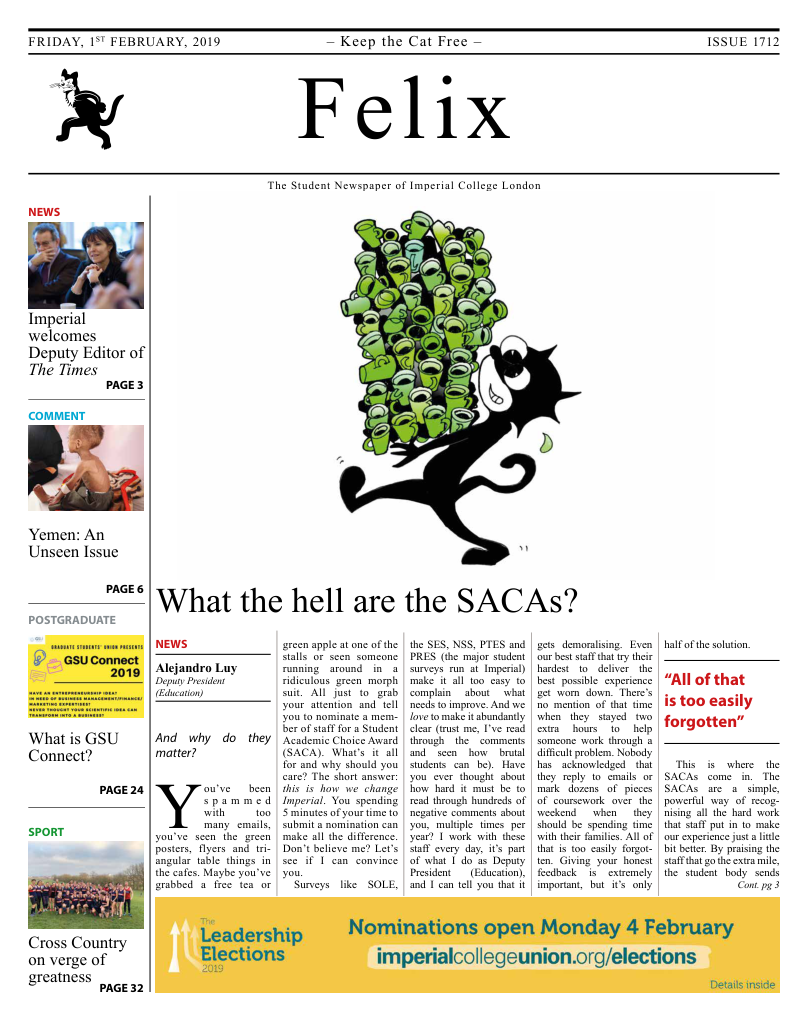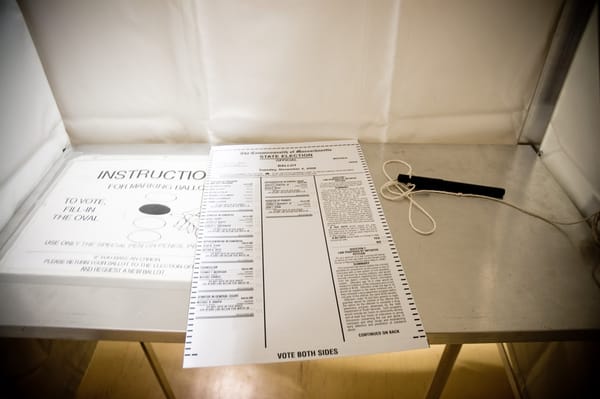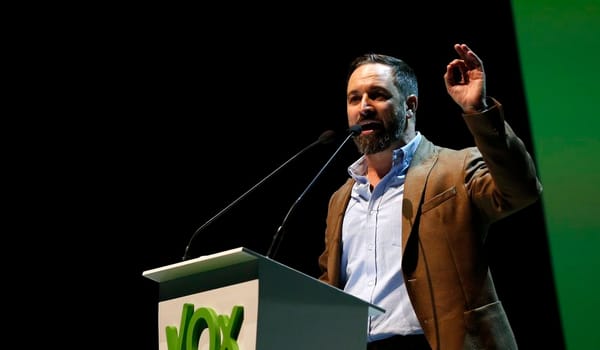A case study in Fake News
Theodor Videnberg discusses a recent incident that caused an online uproar as a prime example of fake news and proposes some measures to combat it

A recent incident that was circulated on social media showed a confrontation between high schoolers, some of whom were wearing MAGA hats, a Native American man, and a group calling themselves Black Hebrew Israelites, in Washington D.C. In a snippet that was circulated later the smiling teenager (Nick Sandmann) was painted as an arrogant, racist and xenophobic young man, who ridiculed and belittled an old Native American and Marine veteran (Nathan Philips), who was beating his drum. The incident gained virality and sparked intense online reactions.
Longer videos that were later posted on Youtube showed a more complicated story, where the high school students stand at the steps of the Lincoln Memorial waiting for their bus and Mr. Phillips walks straight into the student group and starts beating his drum in close proximity to Mr. Sandmann’s face, who smiles but does not react verbally or physically. Slurs and derogatory comments are being shouted by another Native American man and members of the Black Israelite group, while the teenagers perform high school chants. The whole story can instead be seen as a stare-down, common in boxing fights. Sandmann’s smile can be seen as either arrogant, disrespectful or due to the teenager’s bafflement or confusion at the situation. Either way, the incident seemed too trivial to make national news.
Meanwhile the occurrence spiralled out of proportion and led to angry protests and death threats against the teenage high schoolers and their parents. Online activists even called on potential universities to reject future applications from the teenagers. Instead of calming the otherwise minor situation, online pundits from CNN, NBC and Daily Mail as well as social media activists on Facebook and Twitter started an online campaign against the private all-male Covington Catholic High School, in particular, and against Trump supporters in general.
It seemed that some viewed the incident as a proxy war, a battefield on which to protest against US President Trump, the MAGA slogan, his border wall proposal and pro-life supporters. Looking at the case it is likely that the media reports amount to little more than slander and libel. The case is unlikely to just disappear, with defamation suits in the courts and should serve as a prime example of fake news.
Ever since US President Trump coined the term “fake news”, it has been evident that various journalists have abandoned their primary job descriptions (i.e. reporting reality and hard truth backed up by facts and statistics) and have instead become political and social activists. A system where media companies are required to generate webpage visits and views to be financed through advertising proceeds as well as an overflow of information and the lack of time to critically engage with complex topics, has led to a toxic environment on social media, where speed beats reality. Denzel Washington, a respected Oscar winner, famously described the effects of too much information as “the need to be first, not even be true anymore”. By reporting fake news and spreading inaccurate stories, the media companies endanger themselves and their most-important asset: credibility, which is hard earned but can be lost fairly quickly and is not quickly regained. Readers, are fed up with the fake reporting, and are abandoning the traditional media outlets for alternative media providers or online personalities on YouTube. As a result YouTube’s net revenue, as a proxy for viewership, has surged by 75% since 2015.
How can this vicious circle of fake news be broken? Three parties should be involved: I believe that it starts with the media companies. They need to realize the danger that fake news poses to them and their guild and start retracting proven fake news stories and issuing apologies to their victims. Journalists, who purposefully spread twisted or fake stories, should be disciplined appropriately. Additionally, the government needs to think about introducing financial and regulatory penalties for journalists, who spread falsehood. A journalist, whose articles are retracted, e.g. say 5 times, could lose his accreditation; media companies could lose their license. These could be measures. The government also needs to address the issue of corporate tax evasion (e.g. of Amazon, Facebook, Google etc.) and how the additionally received funds might be used to reimburse media companies whose content is being used by social platforms. This should reduce the need for posting clickbait or fake news stories. Last, but not least we as readers need to recognise our responsibility to critically evaluate the facts, employ multiple sources and call out fake news with arguments backed up by statistics and science. Readers need to build their opinion through own research, instead of blindly repeating media statements or spin stories.








